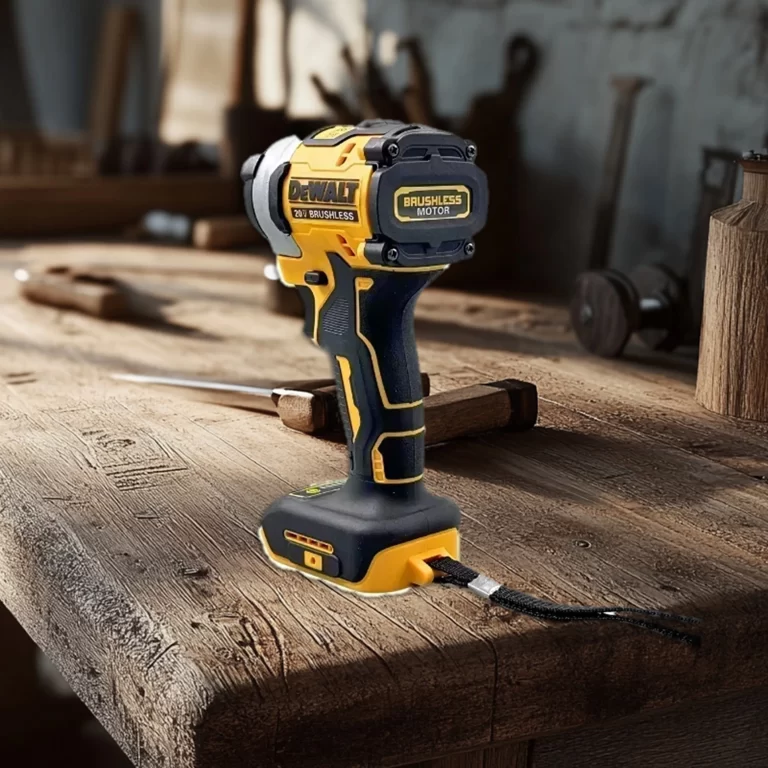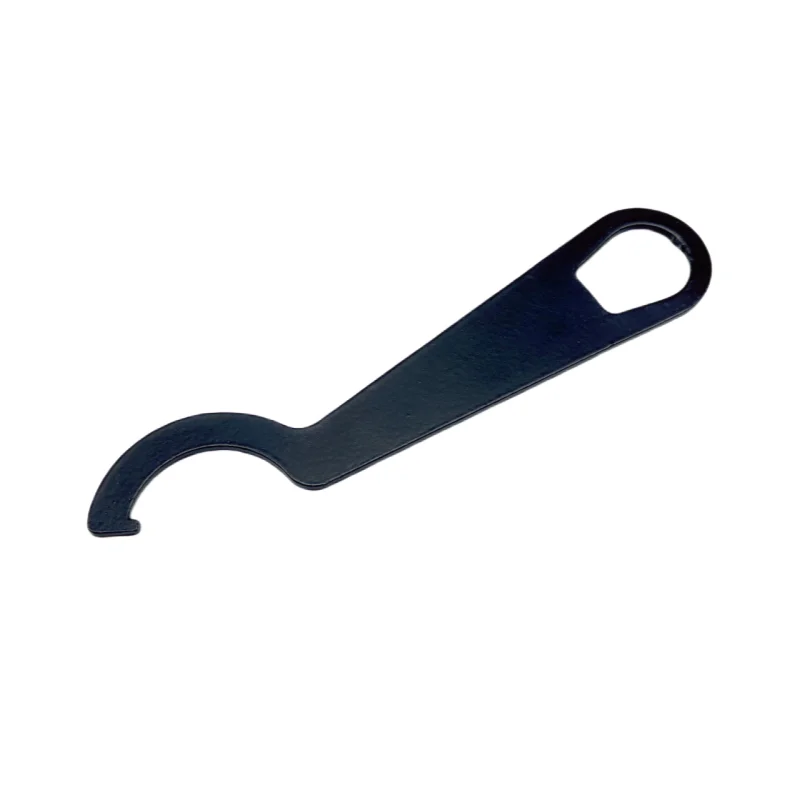
Armorers Wrench for Precision Rifle Assembly and Field Stripping
When it comes to firearm assembly, disassembly, and routine maintenance, few tools are as essential as an armorer’s wrench. This specialized tool is designed specifically for gunsmiths, military personnel, law enforcement officers, and serious firearm enthusiasts who demand precision and durability. An armorers wrench provides the necessary leverage and fit to handle tasks like securing barrel nuts, adjusting gas blocks, or tightening castle nuts on AR-15 platforms and similar rifles. Unlike standard wrenches, this tool features custom cutouts and ergonomic handles that align perfectly with firearm components, reducing the risk of damage during use.
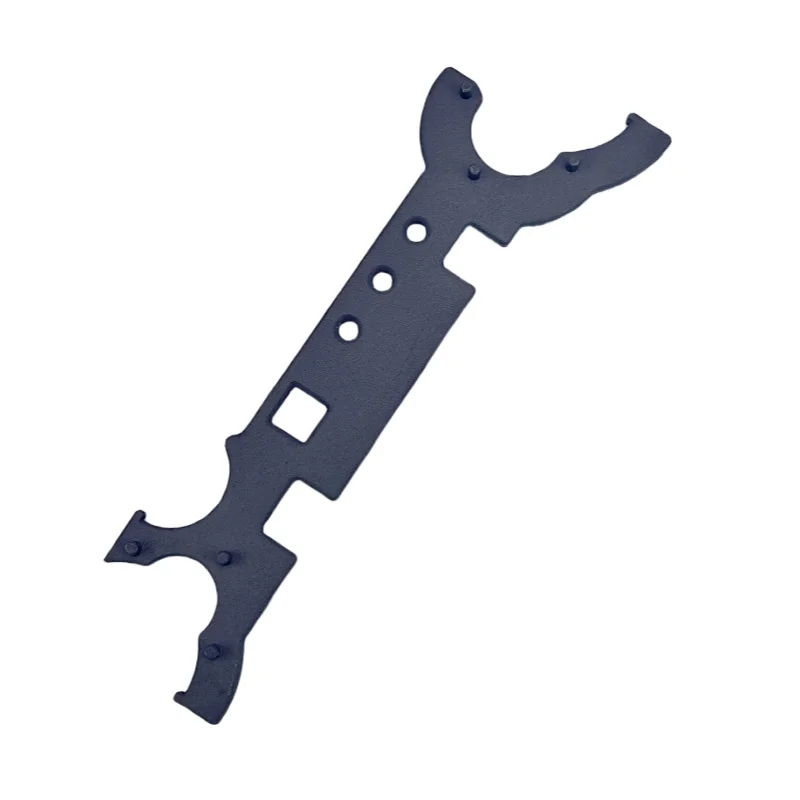 What is an Armorer’s Wrench?
What is an Armorer’s Wrench?
An armorers wrench is an essential tool for gunsmiths and firearm enthusiasts. It is designed to perform various tasks related to firearm assembly and maintenance. Whether you’re a professional or a hobbyist, this tool ensures precision when working on firearms.
Overview of its Purpose and Functionality
The primary purpose of an armorers wrench is to aid in firearm assembly and repairs. It is a multipurpose tool capable of handling tasks like tightening barrel nuts, adjusting handguards, and working on stocks. Its functionality is tailored to meet the specific needs of gunsmithing, providing stability, accuracy, and control during projects.
Armorers wrenches are indispensable for maintaining firearm components. They ensure that parts fit securely and perform optimally. By using this tool, gunsmiths reduce the risk of damaging sensitive components, improving safety and durability.
Types of Armorers Wrenches Available
Armorers wrenches come in various types to suit different firearm models and tasks. Here are some common options:
- Standard Armorers Wrench: This basic model is versatile and compatible with most firearms.
- Specialized Wrench: Tailored for specific firearm types, such as AR-15 or other tactical models.
- Combination Tools: These include extra features like castle nut wrenches and screwdriver tips.
Choosing the right type depends on the complexity of the projects you undertake. Specialized wrenches are ideal for professionals, while combination tools offer flexibility for general maintenance tasks.
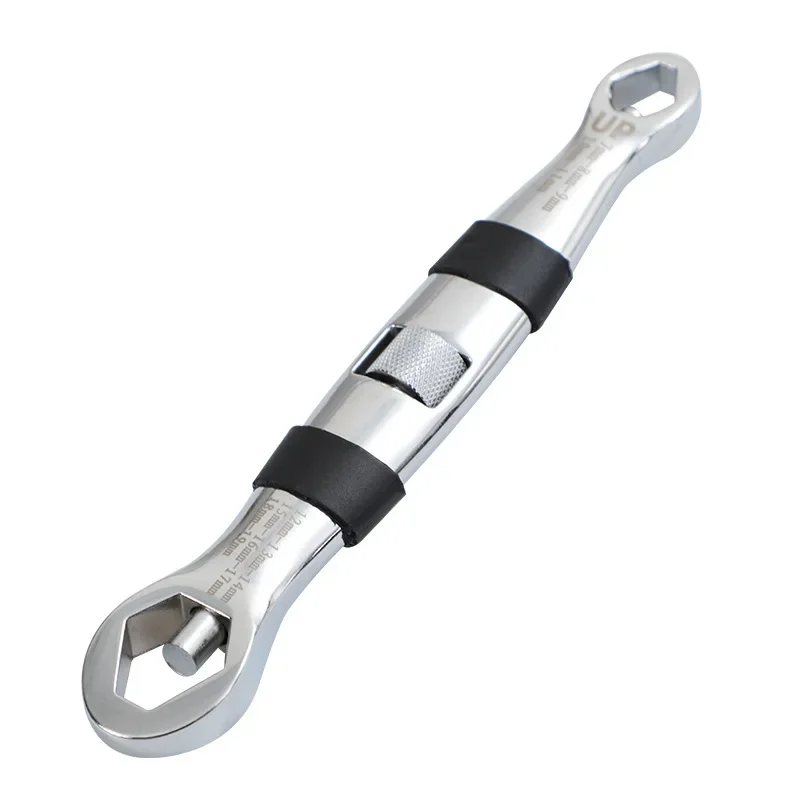 Key Features of a Quality Armorer’s Wrench
Key Features of a Quality Armorer’s Wrench
When choosing an armorers wrench, certain features ensure quality and effectiveness. These features enhance functionality and make gunsmithing tasks easier and safer.
Material Strength and Durability
High-quality material ensures the wrench lasts through years of heavy use. Look for wrenches made from steel or other durable metals. These materials resist wear, bending, and breaking under pressure. Durability matters especially for tasks requiring torque, where inferior tools might fail. A strong wrench safeguards your firearm from accidental damage and ensures accurate adjustments.
Versatility of Design
A versatile wrench accommodates various gunsmithing needs. It should fit different barrel nuts, bolts, and firearm models. Some wrenches include tools for castle nuts, handguards, and buffer tubes. A well-designed wrench eliminates the need for multiple tools, making maintenance quicker and more efficient. Flexible designs meet the needs of both professionals and hobbyists.
Ergonomic Handle and Ease of Use
Comfortable, ergonomic handles prevent fatigue during prolonged use. A wrench with a sturdy grip allows greater control and precision. Lightweight designs enhance ease of handling without compromising functionality. Easy-to-use tools reduce the learning curve for new users and maximize efficiency.
Common Gunsmithing Tasks with an Armorer’s Wrench
An armorers wrench is essential for many gunsmithing tasks. Understanding its uses can elevate your firearm maintenance skills.
Installing and Removing Barrel Nuts
The armorers wrench simplifies barrel nut installation and removal. It offers precision and reduces the risk of errors. Using the wrench, you can tighten or loosen the nut securely. This ensures the barrel stays stable during operation. Always follow manufacturer guidelines for proper torque settings.
Adjusting Handguards and Rails
Handguards and rails can be adjusted effortlessly with an armorers wrench. It helps secure these components for optimal functionality. Adjustments enhance customization and improve firearm handling. For tactical models, the wrench ensures components align perfectly. Regular checks and adjustments can boost usability and aesthetics.
Working on Stocks and Buffer Tubes
Stocks and buffer tubes often require fine-tuning during firearm assembly. The armorers wrench provides precision for these adjustments. Use it to tighten or loosen screws and bolts on stocks. For buffer tubes, the wrench ensures secure fitting during installation. Regular maintenance of these parts prevents operational issues and improves durability.
How to Use an Armorer’s Wrench Effectively
Using an armorers wrench correctly ensures safe and successful gunsmithing tasks. It enhances precision and minimizes risks. Follow these guidelines for optimal results.
Safety Tips When Using the Tool
- Wear Protective Gear: Always use safety glasses and gloves during gunsmithing work.
- Check the Firearm: Ensure the firearm is unloaded before starting any maintenance work.
- Secure Work Area: Use a stable workbench or vise to hold the firearm securely.
- Inspect the Wrench: Verify that the wrench is in good condition before use. Look for wear or damage.
- Follow Manufacturer Guidelines: Always adhere to firearm-specific torque settings and instructions.
- Maintain a Steady Grip: Hold the wrench firmly to avoid slipping or causing damage.
Step-by-Step Guide for Common Applications
1. Installing or Removing Barrel Nuts:
- Position the barrel nut in the wrench’s designated slot.
- Secure the firearm on a vise for stability.
- Rotate the wrench to tighten or loosen the nut as needed.
- Follow recommended torque settings for accuracy.
2. Adjusting Handguards and Rails:
- Align the handguard or rail with the firearm’s upper receiver.
- Use the armorers wrench to tighten the attached bolts or screws.
- Check alignment before fully securing components.
3. Working with Stocks and Buffer Tubes:
- Attach the buffer tube or stock to the firearm using screws or bolts.
- Tighten these parts with the wrench, ensuring a snug fit.
- Verify proper alignment and make final adjustments.
By applying these steps, you can handle various gunsmithing tasks efficiently. Practicing correct techniques ensures both safety and high-quality results when using an armorers wrench.
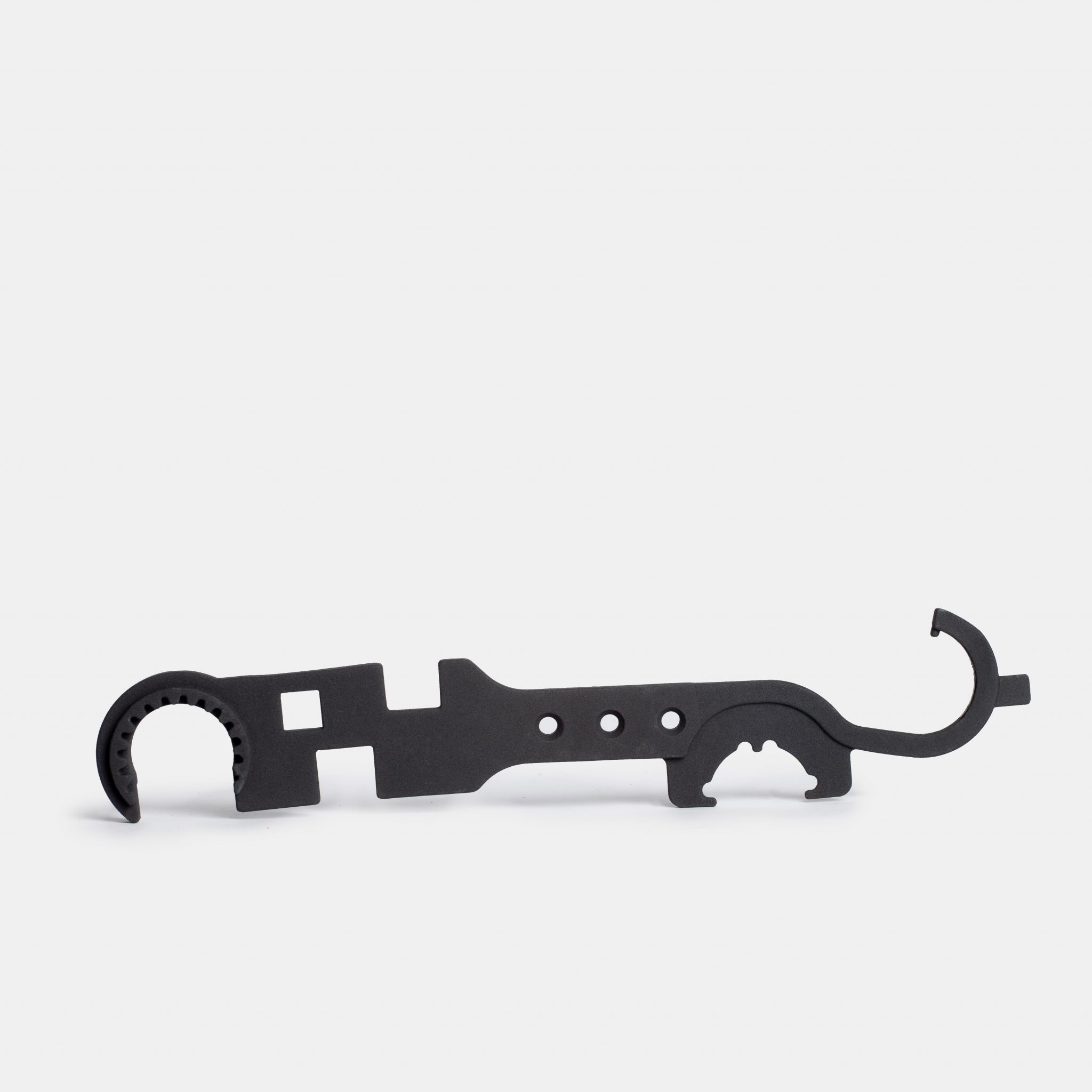 Benefits of Owning an Armorer’s Wrench
Benefits of Owning an Armorer’s Wrench
An armorers wrench is a must-have tool for firearm enthusiasts and professionals. Its benefits extend to convenience, safety, and improved firearm performance.
Saves Time and Effort for Gun Maintenance
An armorers wrench speeds up firearm assembly and repairs. Instead of juggling multiple tools, it offers a single, multipurpose solution. Tasks like adjusting barrel nuts or handguards become quicker and easier. The wrench’s design ensures precision, saving time during installation and disassembly. By simplifying complex tasks, it reduces strain and effort for users. Whether you’re a novice or expert, this tool makes maintenance straightforward and efficient.
Ensures Proper Fit and Function of Gun Parts
Gun parts need secure fitting to function correctly. The armorers wrench ensures optimal torque and alignment, reducing the risk of loose components. It tightens bolts, nuts, and screws with precision for safe firearm operation. Misaligned parts can lead to malfunctions or wear; this tool helps prevent those issues. By ensuring proper fit, it also enhances the longevity of firearm components. Regular maintenance with this tool keeps your firearm reliable and safe.
Caring for Your Armorer’s Wrench
Proper care extends the life of your armorers wrench and keeps it effective. Regular cleaning and correct storage are vital for maintaining its quality and functionality.
Cleaning and Maintenance Tips
Keeping your armorers wrench clean ensures consistent and reliable performance. Follow these simple care tips:
- Inspect After Every Use: Check for dirt, grease, and residue on the wrench.
- Clean with Mild Solutions: Use warm water and mild soap to remove grime without damaging the material.
- Dry Thoroughly: Wipe the wrench dry with a clean cloth to prevent rust or corrosion.
- Lubricate Moving Parts: Apply a small amount of lubricant to hinges or movable sections for smoother operation.
- Avoid Harsh Chemicals: Stay away from abrasive cleaners that can erode the wrench’s surface.
- Perform Routine Checks: Regularly inspect the wrench for cracks or wear and replace it if compromised.
Consistent maintenance preserves the integrity of the wrench and ensures safe usage over time.
Storing the Tool Safely
Proper storage prevents damage and keeps your armorers wrench ready for the next project. Follow these storage tips:
- Use a Dry Location: Store the wrench in a cool, dry area to avoid exposure to moisture.
- Keep Away from Direct Sunlight: Protect the tool from excessive heat, which can weaken its structure.
- Use a Tool Organizer: Utilize a toolbox or pegboard to keep the wrench accessible and secure.
- Prevent Contact with Other Tools: Separate the wrench from other sharp or heavy tools to avoid dings and scratches.
- Cover for Extra Protection: Consider using a case or pouch to shield the wrench from dust and dirt.
Proper storage ensures the wrench stays functional and reduces the risk of damage. These steps help maintain the tool’s reliability for years.
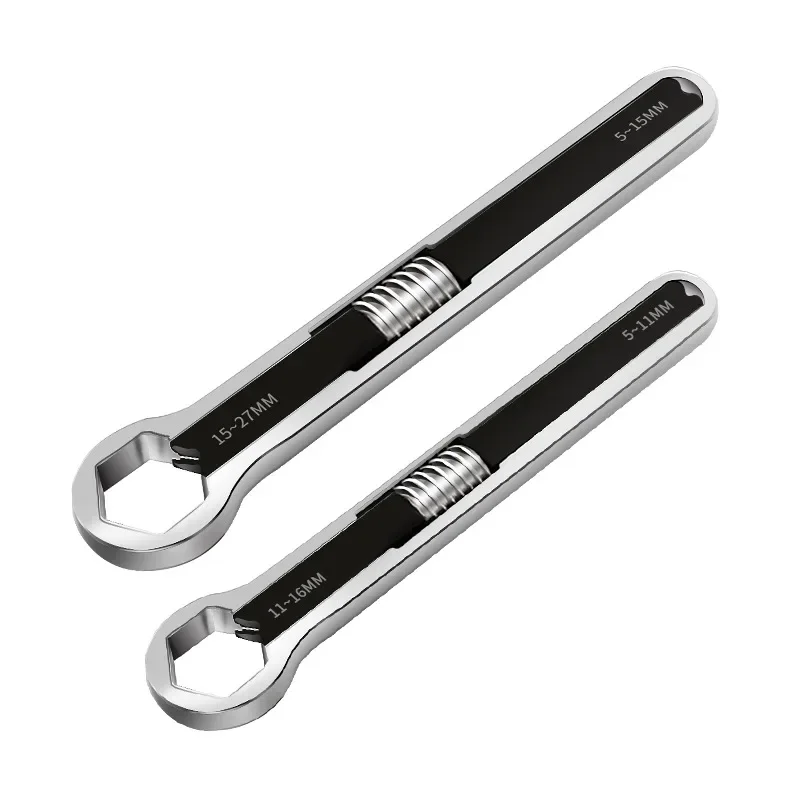 Choosing the Right Armorer’s Wrench
Choosing the Right Armorer’s Wrench
Selecting the right armorers wrench is crucial for efficiency and precision in gunsmithing tasks. A well-chosen tool improves performance, ensures safety, and simplifies firearm maintenance. Here’s what to consider before buying one.
Factors to Consider Before Buying
- Compatibility with Firearm Type:Ensure the wrench works with your specific firearm model. Some wrenches are designed for tactical firearms like AR-15s, while others suit general models.
- Material Durability:Opt for wrenches made from high-quality materials, such as steel or hardened metal. Robust construction ensures long-term reliability and prevents damage during high-torque tasks.
- Functionality and Features:Look for added features like castle nut compatibility, screwdriver tips, and buffer tube tools. Versatile designs eliminate the need for extra tools.
- Comfort and Ergonomics:A comfortable handle prevents fatigue during extended use. Consider lightweight designs with sturdy grips for better control and precision.
- Price and Value:Balance cost with quality. While cheaper options exist, investing in a durable and multifunctional wrench can save money in the long run.
- Brand Reputation and Reviews:Research popular brands and read user reviews. Reliable manufacturers often provide better quality and customer support.
Recommended Brands and Models
- Magpul AR-15 Armorer’s Wrench:Known for durable steel construction and ergonomic design. It is highly versatile for AR-15 maintenance.
- AIM Sports AR-15 Combo Wrench:Affordable and multifunctional with features for buffer tubes and castle nuts.
- Geissele Reaction Rod:Ideal for precise jobs and professional gunsmiths. Exceptional build quality ensures superior performance.
- Brownells Armorer’s Wrench:Trusted by gunsmiths for its robustness. It accommodates many firearm models and tasks.
- Wheeler Delta Series Compact Wrench:Compact and lightweight for portability while retaining functionality. Perfect for DIY enthusiasts.
When picking an armorers wrench, prioritize compatibility, durability, and user reviews. A well-made wrench simplifies gunsmithing and increases safety and firearm longevity.
Frequently Asked Questions About Armorer’s Wrenches
Q: Can I use a regular wrench instead of an armorer’s wrench?
A: Technically yes, but it’s not recommended. Standard wrenches lack the exact fit needed for firearm components. They increase the risk of damaging the castle nut or barrel extension.
Q: Do I need an armorer’s wrench to build an AR-15?
A: Yes. Proper assembly requires securely torquing the barrel nut and castle nut. Without the correct tool, you risk improper alignment or unsafe conditions.
Q: Are all armorer’s wrenches the same size?
A: No. Sizes vary based on manufacturer and platform. Always confirm the wrench matches your specific firearm model and component specs.
Q: Can an armorer’s wrench damage my firearm?
A: Only if it’s poorly made or used incorrectly. A high-quality wrench with a precise fit will not cause harm. Avoid applying excessive force beyond recommended torque levels.
Q: Is an armorer’s wrench legal to own?
A: Yes. It is considered a standard tool for firearm maintenance. No special permits are required to purchase or possess one in the United States.
Q: How do I clean and maintain my armorer’s wrench?
A: Wipe it down after each use with a dry cloth. Apply a light coat of gun oil to prevent rust. Store it in a dry place away from moisture and corrosive chemicals.
Q: Can I use an armorer’s wrench on pistols?
A: Generally no. These tools are designed for rifles, especially those with modular upper receivers. Pistols have different construction and rarely require this type of tool.
 Tips for Maintaining and Using Your Armorer’s Wrench Safely
Tips for Maintaining and Using Your Armorer’s Wrench Safely
To get the most out of your tool and ensure safe operation, follow these best practices.
First, always inspect the wrench before use. Check for cracks, burrs, or worn edges. Damaged tools can slip and injure you or ruin components.
Second, pair it with the right accessories. Use a castle nut wrench with a punch and hammer for staking. Combine it with a torque wrench for precise fastening. Never rely on guesswork when tightening critical parts.
Third, apply even pressure. Jerking motions can cause slippage. Instead, turn steadily and keep your hands clear of pinch points.
Fourth, store it properly. Keep it in a dedicated toolbox or roll. Avoid tossing it loosely with other metal objects that could chip the edges.
Fifth, avoid using extensions or pipes to increase leverage. This puts undue stress on the tool and may lead to breakage. If more torque is needed, use a calibrated torque wrench instead.
Sixth, lubricate contact points occasionally. A drop of oil on pivot areas prevents galling and ensures smooth operation.
Seventh, label your tools if you own multiple sizes. This prevents confusion during builds and saves time.
Final Thoughts: Why Every Gun Owner Should Own an Armorer’s Wrench
Owning an armorers wrench is more than just having another tool—it’s about taking responsibility for your firearm’s performance and safety. Whether you’re assembling a new build, performing routine maintenance, or troubleshooting a malfunction, this tool delivers unmatched precision and reliability. Given the growing popularity of custom rifle builds, having the right equipment is no longer optional. An armorer’s wrench empowers users to work confidently and correctly, ensuring every component functions as intended. So if you’re serious about firearms, investing in a high-quality armorer’s wrench is a smart and necessary choice. With the right care and usage, it will serve you reliably for years to come.

